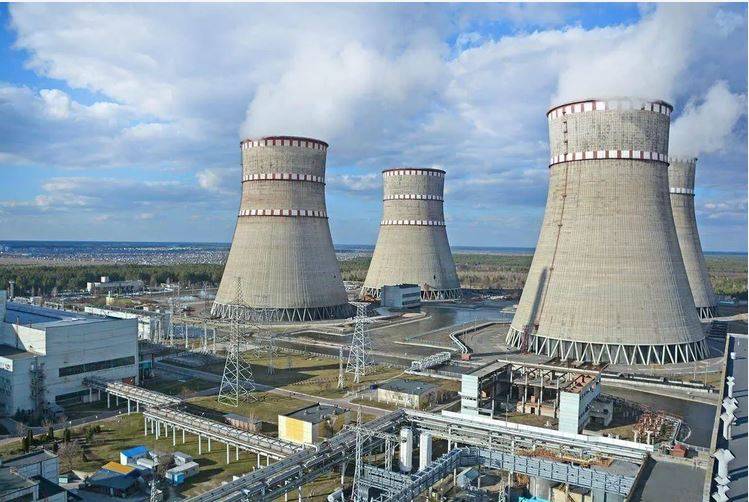1447 Views
Small Reactors, Giant Impact: Iran’s Path to Clean and Stable Energy
Today, in a world where the importance of energy, its security, and access to sustainable resources have become one of the central challenges facing nations, strategic and successful cooperation in nuclear technologies between countries holds great significance. In this context, the signing of a memorandum of understanding between the Islamic Republic of Iran and Russia on the construction of Small Modular Reactors (SMRs) can be regarded as a landmark development for strengthening domestic capabilities, utilizing advanced nuclear technologies, and enhancing Iran’s role in the field of clean energy production.
In recent days, the Russian company Rosatom and the Atomic Energy Organization of Iran signed a memorandum of understanding, marking an effective step toward the design and construction of SMRs. The project has been described as “a foundation for the development of nuclear know-how and related industries.”
This strategic cooperation between Iran and Russia strengthens bilateral ties in the peaceful use of nuclear energy and elevates the level of technological collaboration. It is noteworthy that the agreement between Tehran and Moscow is not merely technical and economic, but also geopolitical. Participation in this field will not only reduce reliance on fossil fuels but also reinforce Iran’s standing in advanced energy technologies. Moreover, by drawing upon Russia’s expertise and capabilities in developing nuclear power plants, the project will play a critical role in localizing the technology and providing a solid foundation for building and equipping SMRs.
Numerous specialized reports and scientific studies show that small modular reactors can supply the required energy for large industries while creating greater balance and stability in the national grid. Among the most important advantages of SMRs is their ability to act as either the primary or backup source of power. During periods of peak consumption or fluctuations in production, they can be brought online to stabilize voltage and frequency across the grid. Additionally, their modular design and scalability mean that the capacity of the plant can increase as demand grows. For example, in a high-consumption industrial zone, once one or more units are operational, additional modules can be added without constructing entirely new facilities.
This impactful technology, by ensuring reliable energy supply, reduces the gap between supply and demand, eases pressure on the grid, and creates room for greater integration of renewable energy resources. Due to their smaller scale, higher flexibility, enhanced safety, and lower costs, SMRs are a suitable replacement for the gradual expansion of nuclear capacity. Compared to traditional plants, they can be built in shorter timeframes, deployed in diverse locations with varying electricity demands, and designed to integrate with other energy sources—aligning well with global nuclear energy trends.
As many countries pursue SMR technologies, Iran’s entry into this field will elevate its international position. According to recent reports from the International Atomic Energy Agency (IAEA), numerous countries across Asia and beyond are considering policies to support SMRs. Russia, through Rosatom, is developing and exporting SMR technologies, while nations such as China and Argentina also have active programs in this field.
Implementing these projects provides Iran with opportunities for localizing equipment, transferring advanced nuclear knowledge, enhancing engineering capacity, and developing related industries. The Atomic Energy Organization of Iran has also stressed the importance of attracting investment into advanced nuclear technologies—demonstrating a strong determination to expand the country’s scientific and technological infrastructure. This means Iran is not only set to increase its electricity production but also to expand its role in engineering, technology, and the global energy supply chain.
Iran’s stated target is to expand nuclear power generation capacity to approximately 20 gigawatts by 2040. This goal will play a vital role in addressing supply-demand imbalances, improving grid stability, and preventing excessive strain on energy infrastructure caused by the rising demand for electricity.
In conclusion, the signing of the memorandum of understanding between Iran and Russia for the construction of SMRs is not only a symbol of Iran’s rapid progress in modern nuclear technologies and sustainable development but also a testament to strategic cooperation with Russia. This convergence elevates Iran’s standing in the global arena of energy security and clean fuel supply. By moving forward with the international development, utilization, and localization of SMR technologies, Iran is demonstrating its strong energy diplomacy and taking a significant step in expanding its nuclear energy program and stable electricity capacity.
Translated by Ashraf Hemmati from the original Persian article written by Navid Daneshvar

Comment
Post a comment for this article